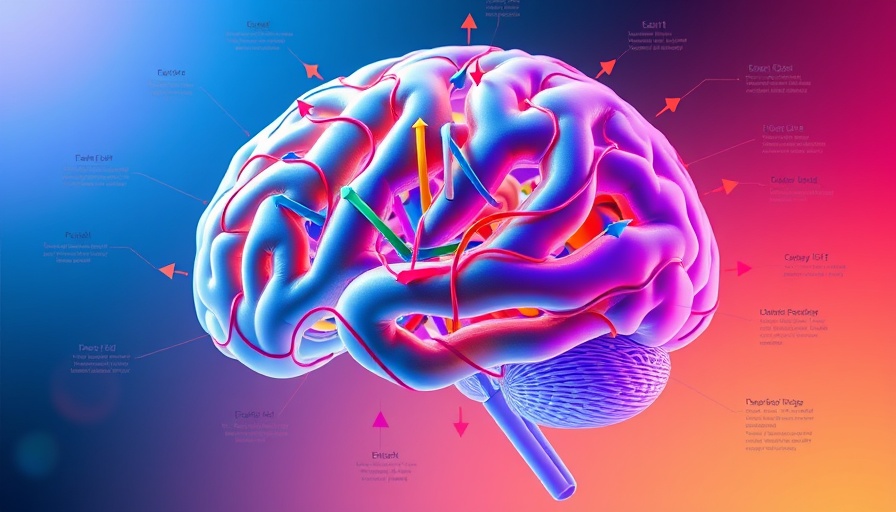
How Combining Surgery and Speech Therapy Shines a New Light on Post-Stroke Recovery
Stroke patients often face the daunting challenge of aphasia, a condition that disrupts communication skills vital for everyday interactions. Recent clinical trials have uncovered an innovative approach that merges neck surgery with intensive speech therapy, showing promising results for individuals grappling with this condition. By synthesizing the benefits of these two therapies, healthcare providers are unlocking new avenues for improved communication and overall quality of life.
Understanding Aphasia: A Barrier after Stroke
Aphasia, typically stemming from strokes affecting the brain's language center, leaves over 60% of stroke survivors struggling to communicate effectively, often for more than a year. The clinical trial published by The BMJ evaluated the effectiveness of combining C7 neurotomy surgery with intensive speech and language therapy (iSLT). The results indicated that this combined approach yielded greater improvements in naming abilities and communication skills than iSLT alone.
Significant Improvements Noted in Clinical Studies
The study involved 50 participants aged 40 to 65, all of whom had experienced strokes leading to significant aphasia and muscle stiffness. Those who received the combination of surgery and speech therapy showed an increase in their Boston Naming Test (BNT) scores by an average of 11.16 points in one month compared to the control group, which saw only a 2.72-point increase. This indicates a tangible improvement in their ability to name everyday objects, a critical skill in effective communication.
Enhancing Quality of Life for Stroke Survivors
Improvements did not end with language skills. The participants who underwent the surgical intervention reported enhancements in their quality of life, notably a significant decrease in post-stroke depression. The therapy's holistic approach could profoundly impact community health and wellness, particularly for families navigating the aftermath of a stroke.
Challenges in Broadening Impacts of Findings
However, it’s crucial to reflect on the study's limitations: the relatively young, mostly male demographic and the specific population of native Chinese speakers may not generalize effectively across all stroke survivors. Nevertheless, the conclusion drawn by the authors—that combining neck surgery with iSLT is a more effective treatment—opens the door for further research, especially in understanding how age, gender, and cultural background can affect stroke recovery.
Looking Ahead: Future Directions in Stroke Rehabilitation
As our understanding of stroke recovery evolves, the findings emphasize the importance of ongoing research to determine the long-term efficacy of these combined approaches. Proactive discussions surrounding rehabilitation strategies must continue to adapt to emerging evidence, tailoring treatments to diverse patient populations and their unique health profiles.
Practical Insights: What This Means for Health and Wellness
For those invested in health and wellness, whether through community initiatives or personal healing journeys, understanding post-stroke recovery options like this combined surgical approach can inform better support strategies. Access to innovative health interventions could reduce healthcare costs and improve outcomes for families impacted by strokes.
Take Action: Empowering Patients and Families
Patients and caregivers should seek out comprehensive recovery programs that incorporate multiple therapies. Engaging with healthcare providers to explore options like combining surgery with intensive therapy can empower individuals navigating the effects of strokes, equipping them with better tools for recovery.
Explore how new treatments and therapies can provide pathways to optimal health and wellness! Stay informed about health advancements and community health programs.
 Add Row
Add Row  Add
Add 




 Add Row
Add Row  Add
Add 


Write A Comment